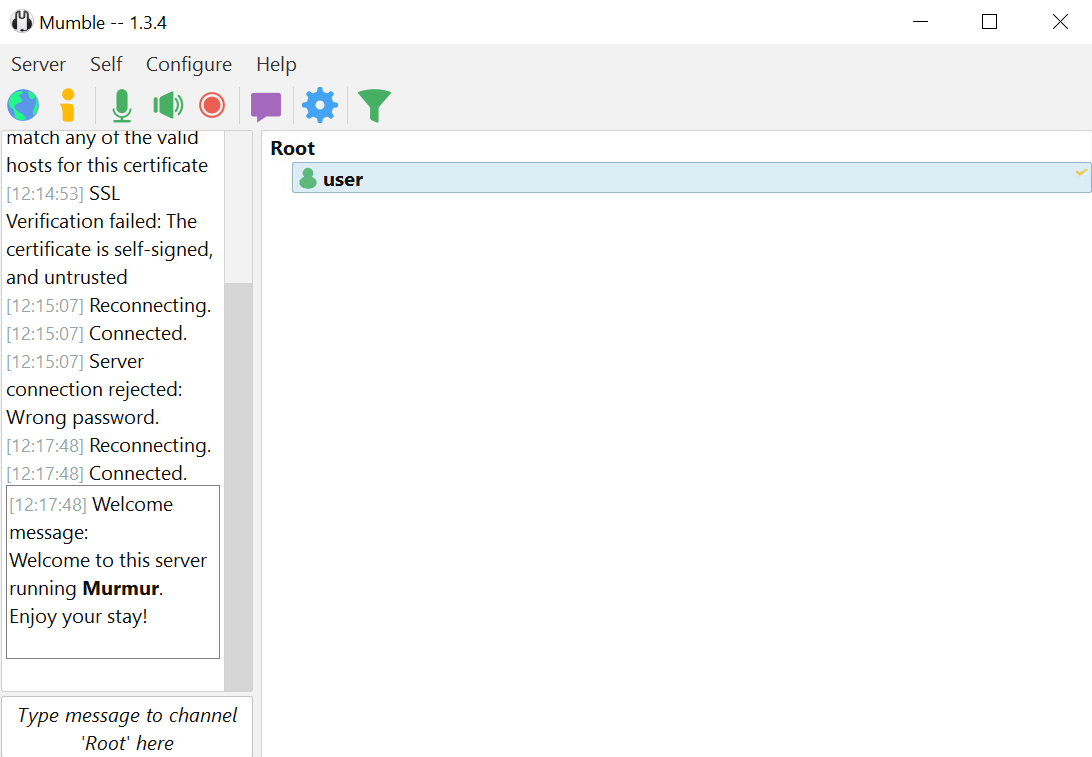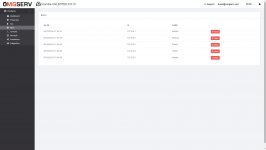
- Are mumble servers how to#
- Are mumble servers install#
- Are mumble servers software#
- Are mumble servers password#
Are mumble servers password#
By opening the installation folder and entering your Windows password in the Command Prompt, you can create a SuperUser password that is the same as your password. If you want to manage channels and ban users from the Mumble client, you must first take the steps in running Murmur on your device. This command can be used to launch it in some Linux distributions and provides a detailed graphical user interface.
Are mumble servers install#
You can install Murmur on Linux by following these steps: Create a folder in /Users/lib/urbr/ and launch it with the following command. Enter a secure password into server= and find the server password when setting up a password to keep unwanted guests at bay. Although there are numerous settings, the majority are edited in the most common way. Most of the time, you’ll find it in an installation folder or another location similar to it. After installing Murmur, it is critical that you locate the Murmur.ini file in your system. While there are services that host one for you, you are frequently required to pay for them or opt out. There are no restrictions on how many people can host a mumble server for free. In its promotional materials, the open-source voice chat app Mumble claims to be free, secure, and high-quality. You can now start chatting with other users on your server. Click the “Connect” button and you should now be connected to your Mumble server. Finally, in the “Password” field, enter the password that you specified in your Mumble server’s configuration file. In the “Username” field, enter your username. In the “Port” field, enter the port number that you specified in your Mumble server’s configuration file.

In the “Server” field, enter the IP address or hostname of your Mumble server. Once you’ve downloaded and installed the Mumble client software, launch it and click the “Connect” button.
Are mumble servers software#
You can download the Mumble client software here. Now that your Mumble server is up and running, you can connect to it using the Mumble client software. If you see any errors, double-check your configuration file and make sure all the required lines are present. mumbleserver You should see a message that says “Server starting”. Once you’ve created your configuration file, you can start your Mumble server by running the following command. Just be sure to remember them, as you’ll need them to connect to your Mumble server. If you create your own configuration file, be sure to include the following lines: serverpassword= port=64738 password= You can choose any password you like for the “serverpassword” and “password” lines. You can use the sample configuration file that comes with the Mumble server software, or you can create your own. Next, you’ll need to create a configuration file for your Mumble server. Once you’ve downloaded the software, extract the files to a directory on your computer. You can find the latest version of the Mumble server software here. First, you’ll need to download the Mumble server software.
Are mumble servers how to#
This tutorial will show you how to set up your Mumble server on a Linux-based computer. All you need is a Linux-based computer with a broadband Internet connection. Even though Mumble can support a large number of users, you may find it helpful to limit the number of simulatenous users, especially if your server is not password-protected.If you’re a Linux user, you can set up your own Mumble server quite easily.


To modify the maximum number of simultaneous users on your Mumble server look for the line “users=100” and modify the value according to your use-case. To personalize the welcome message for your Mumble server, look for the line starting with “welcometext= ” and enter your message.

To require users to enter a pasword to join your Mumble server, find the line “serverpassword= ” and add the desired password. The following are some configuration options you may find useful: Do not remove this sign unless you want to activate the variable. Remove the “#” for variables you want to activate. All configuration variables are commented out with lines starting with a #.


 0 kommentar(er)
0 kommentar(er)
